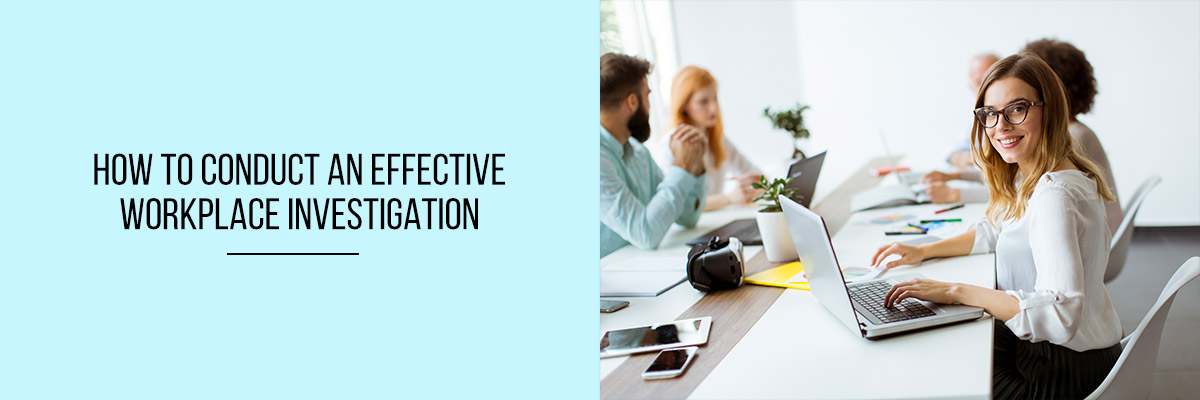For decades, private and public organizations have faced the need to prevent and address sexual harassment and discrimination in the workplace. New federal laws, including the Affordable Care Act, have further upped the ante by expanding employers’ liability for discriminatory conduct and requiring employers to take immediate steps to correct any discrimination and harassment.
When a complaint of workplace sexual harassment or discrimination is brought to the attention of management, they have an obligation to take the complaint seriously and to investigate the complaint, to the extent that is appropriate, expedient, and necessary. Investigations should be conducted as quickly as possible without sacrificing thoroughness and detail and must be conducted in a manner that protects the rights of all parties, including the complainant, the subject of the complaint, witnesses, and other individuals that may have information relevant to the investigation.
Here are some critical steps to conduct an efficient workplace investigation.
Prepare an Investigation Plan
There is no substitute for preparation. The steps of the investigation should include the order of interviews, the interviewer to avoid biases, when and where the interview is conducted. Also, gathering, identifying, and preserving relevant records, including the written complaint, records of the employer like anti-harassment policies, personnel files, organizational charts, sexual harassment training records, and other materials, like electronic data are key components.
Collect and Analyze the Evidence
The most important thing to consider when your employer suspects misconduct is how to collect the evidence. Collecting and analyzing the evidence in a case is known as evidence gathering and evidence analysis. Evidence gathered during the course of an investigation may include information from interviews and correspondence, as well as data from computer systems, surveillance, or other system devices, and even physical evidence.
Documenting the Investigation
It’s no secret that there is a lot of misinformation out there about what an employer must do when a complaint of sexual harassment is made against an employee. Unfortunately, workers are often left to their own devices to figure out the potential for liability. This is true even when the employer has made a good faith effort to keep the workplace free from sexual harassment.
During the investigation, the investigator should generate a written record of the interviews and inscribe all findings. If making a written record, the investigator needs to keep in mind who may inspect the investigation and its conclusions, like the decision-makers of the firm, outside auditors, regulating government agencies, and law enforcement agencies. The investigator should be able to support the findings on the basis of all the evidence collected and analyzed.
To know more about workplace investigations and how to avoid legal minefields when investigating, attend the Compliance Prime webinar.


